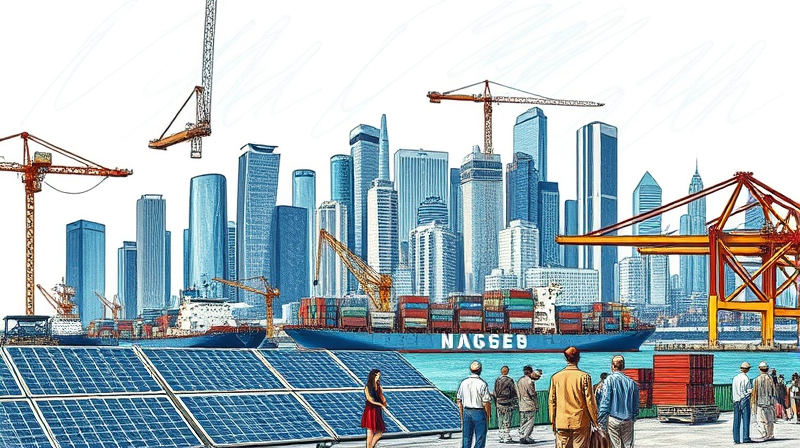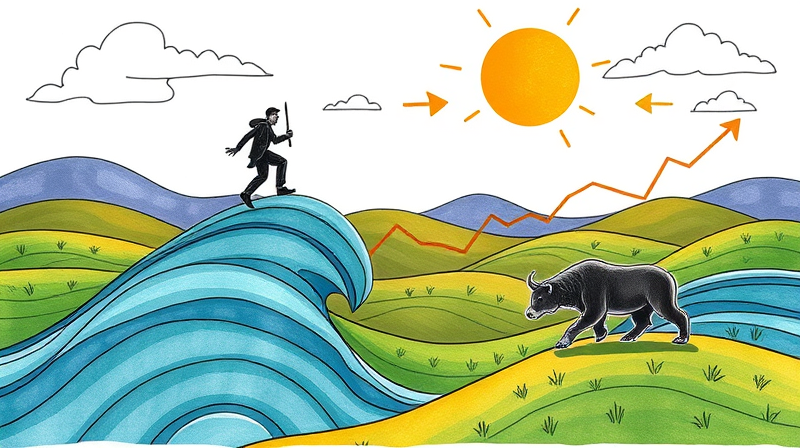
In 2025, the global startup landscape is more dynamic and interconnected than ever before. Investors hunt for the next unicorn amid shifting power centers and emerging innovation hubs. This article provides a data-driven, inspiring guide to navigating the complexities of today’s startup ecosystems.
The global startup arena is experiencing rapid transformation, with momentum shifting towards Asia and Africa while traditional strongholds face relative stagnation. The United States remains the leader by volume and quality, yet its growth rate among the top 50 countries has dipped to 18.2%. Only 22% of the world’s top 1,000 startup cities are now in the U.S., signaling an urgent call for investors to broaden their horizons.
Europe, long celebrated for its collaborative spirit, registers slower, more distributed growth. London has ceded its #2 spot to New York and now ranks #3 globally. Nonetheless, hubs like Paris and Berlin maintain steady progress, supported by robust research networks and deep talent pools.
After reaching a peak of $229.3 billion in early-stage funding in 2022, global investment fell sharply to $103 billion in 2023. This volatility underscores the need for a resilient investment strategy and careful ecosystem selection.
Venture capital remains concentrated in established markets, but Asia-Pacific has emerged as the fastest-growing region. Singapore boasts a 44.9% national growth rate, propelling it to #4 worldwide. China’s major hubs—Beijing, Shanghai, Guangzhou, Hangzhou—each posted growth rates above 30%, with Beijing ranking #5 globally.
Asia-Pacific’s rapid ascent is reshaping investment flows. Singapore now stands as a gateway between East and West, supported by state-backed initiatives and world-class infrastructure. India’s Bengaluru and Mumbai are hotbeds for FinTech and AI talent, climbing the ranks with significant VC inflows.
Africa is also capturing investor interest. Cities like Lagos, Nairobi, and Cape Town, fueled by mobile-first solutions and a youthful demographic, exhibit exponential growth. FinTech and Agritech are leading the charge as entrepreneurs leapfrog legacy systems to deliver innovative services.
Artificial intelligence remains the crown jewel of modern investing. Silicon Valley continues to dominate volume, but secondary markets—Toronto-Waterloo, Paris, Delhi, Istanbul—have seen their AI startup counts more than double between 2021 and 2024. The AI-Native Transition Factor now measures how ecosystems pivot towards AI-first ventures.
FinTech’s appeal endures, driven by digital payments, embedded finance, and neobanking. Meanwhile, FoodTech and Transportation startups are innovating around sustainability and urban mobility, attracting substantial venture capital.
Understanding regional nuances is critical for strategic allocation of capital. Mature markets offer reliability, while emerging hubs promise higher multipliers.
Several consistent themes emerge among top-ranked startup hubs. Investors should look for environments with strong research universities, accessible capital, and a culture that embraces risk.
Beyond traditional mega-hubs, fast movers offer compelling opportunities. Philadelphia jumped 12 spots to #13, while Bengaluru rose to #14. Hong Kong now sits at #27, reflecting renewed investor confidence.
Investors aiming for high growth should consider:
Despite abundant opportunities, headwinds linger. Early-stage funding volatility demands careful portfolio diversification. Geopolitical tensions and regulatory shifts can quickly alter local dynamics.
Talent retention remains a global battle. Regions with large, youthful populations—such as India and Africa—have a competitive edge, but must invest in advanced training programs to sustain momentum.
As the balance of power tilts towards Asia and Africa, investors must adapt their strategies. A balanced portfolio spanning mature and emerging ecosystems can optimize risk and return.
Focus on sectors driving digital transformation—AI, FinTech, FoodTech—and identify regions with strong knowledge capital and growth momentum. By combining data-driven insights with a forward-looking vision, investors can position themselves to capture the next wave of global innovation.
References













